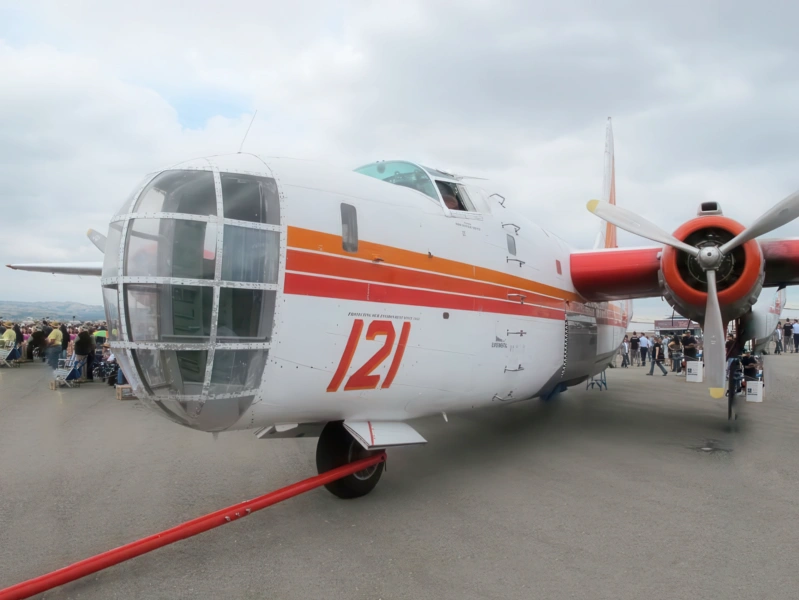
Consolidated PB4Y-2 Privateer | |
|---|---|
| Country | USA |
| Topic | Patrol bomber |
| Produced | 1943–1945 |
| Built | 739 |
The Consolidated PB4Y-2 Privateer is a World War II and Korean War era patrol bomber of the United States Navy derived from the Consolidated B-24 Liberator. The Navy had been using unmodified B-24s as the PB4Y-1 Liberator, and the type was considered very successful. A fully navalized design was desired, and Consolidated developed a dedicated long-range patrol bomber in 1943, designated PB4Y-2 Privateer. In 1951, the series was redesignated P4Y-2 Privateer. A further designation change occurred in September 1962, when the remaining Navy Privateers (all having previously been converted to drone configuration as P4Y-2K) were redesignated QP-4B.
| Consolidated PB4Y-2 Privateer | |
|---|---|
| Photographer | Unknow |
| Localisation | Unknow |
| Photos | 147 |
| Consolidated PB4Y-2S Privateer | |
|---|---|
| Photographer | Cees Hendriks |
| Localisation | Unknow |
| Photos | 69 |
See also:
The Consolidated PB4Y-2 Privateer was a **long-range maritime patrol bomber** developed for the U.S. Navy during World War II. It was a substantially modified derivative of the successful **B-24 Liberator** heavy bomber, tailored specifically for over-water reconnaissance and anti-shipping missions.
Key Design Features
The Privateer incorporated several major changes from its B-24 predecessor:
- Single Vertical Stabilizer: The most distinguishing feature was the replacement of the B-24’s characteristic twin tails with a single, tall vertical fin. This modification improved the aircraft’s stability and handling characteristics at the low-to-medium altitudes typical of naval patrol missions.
- Lengthened Fuselage: The fuselage was extended by approximately seven feet. This allowed for the inclusion of a dedicated flight engineer’s station and additional space for more advanced radar and electronic countermeasures (ECM) equipment, necessary for long, unescorted missions.
- Heavy Defensive Armament: Defensive firepower was significantly increased. The Privateer was typically armed with **twelve .50 caliber M2 Browning machine guns** housed in six power-operated turrets (nose, tail, two dorsal, and two waist). The ventral ball turret of the B-24 was omitted.
- Low-Altitude Engines: The four Pratt & Whitney R-1830-94 Twin Wasp radial engines were de-rated by removing the turbo-superchargers. This was because high-altitude performance was not required for its maritime role, simplifying maintenance and saving weight while optimizing power for lower operating altitudes.
Operational Role and History
The PB4Y-2 entered service late in World War II, seeing action in the **Pacific Theater** performing long-range reconnaissance, search and rescue, and anti-shipping missions. Some aircraft were even modified to carry the **ASM-N-2 Bat** radar-guided glide bomb. Following the war, the Privateer continued to serve the Navy and U.S. Coast Guard, performing missions such as weather reconnaissance and signals intelligence (SIGINT) throughout the Cold War era until its retirement from military service in the mid-1950s.
After military retirement, many Privateers were converted for civilian use as **air tankers** (fire-bombers) to drop fire retardant on wildfires, extending the aircraft’s operational life by several decades.
Views : 6493
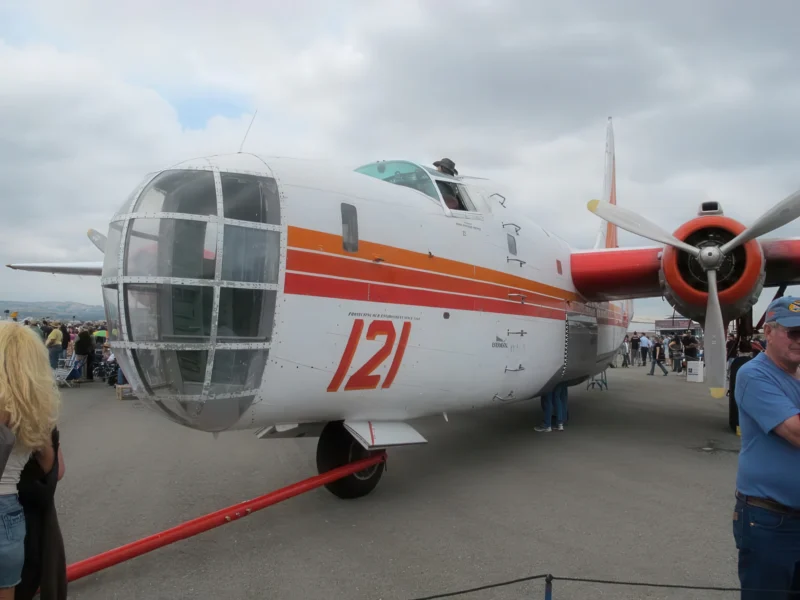
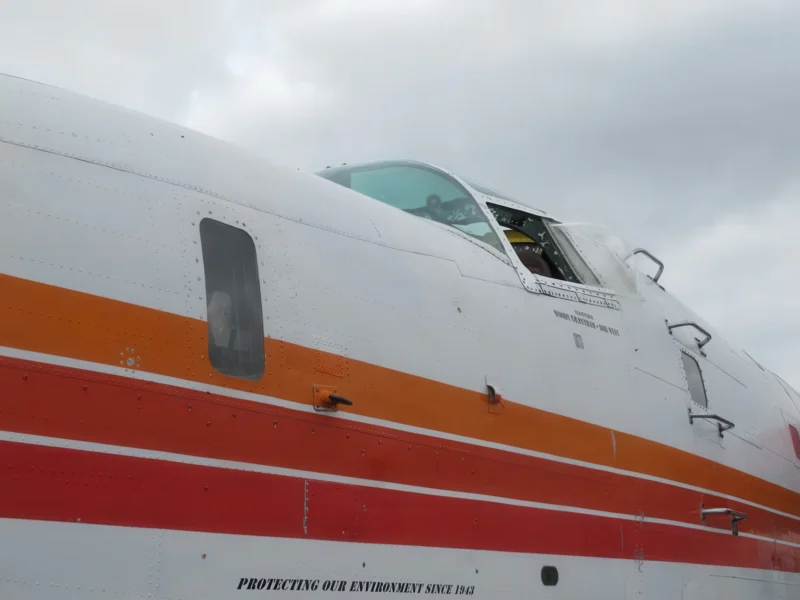
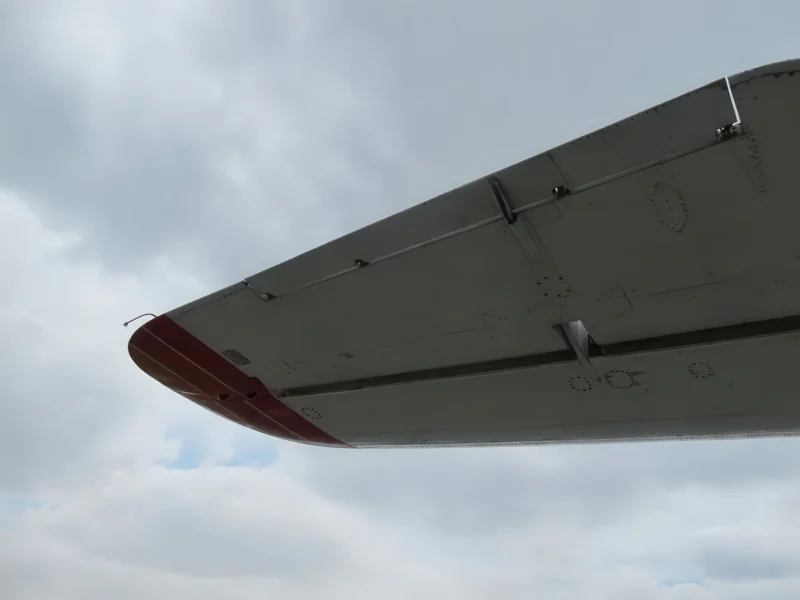
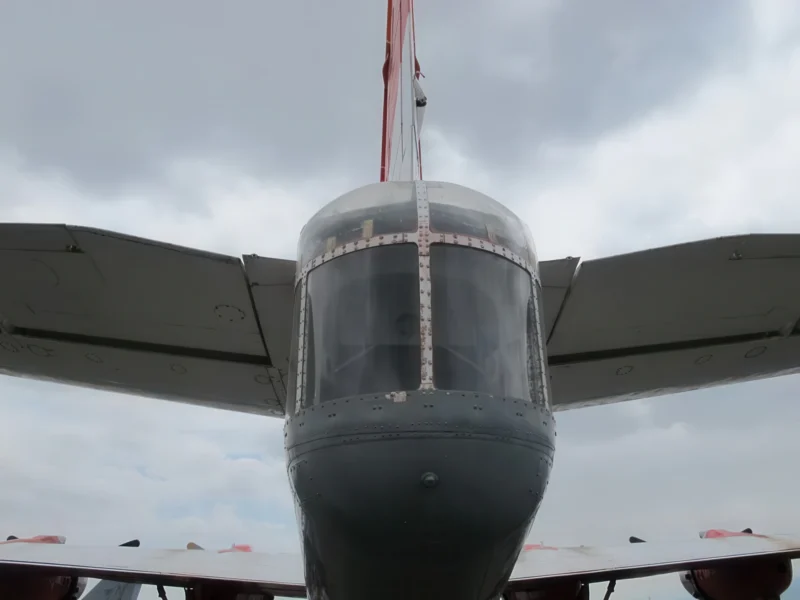
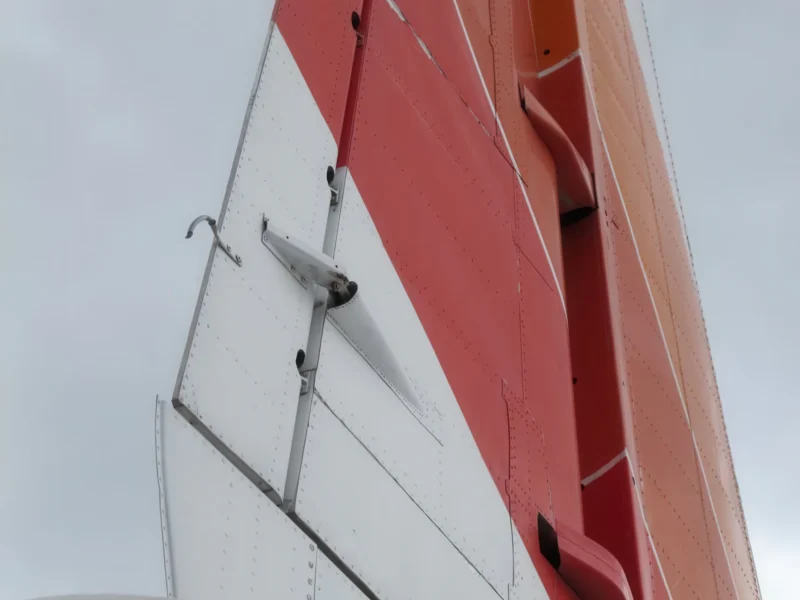
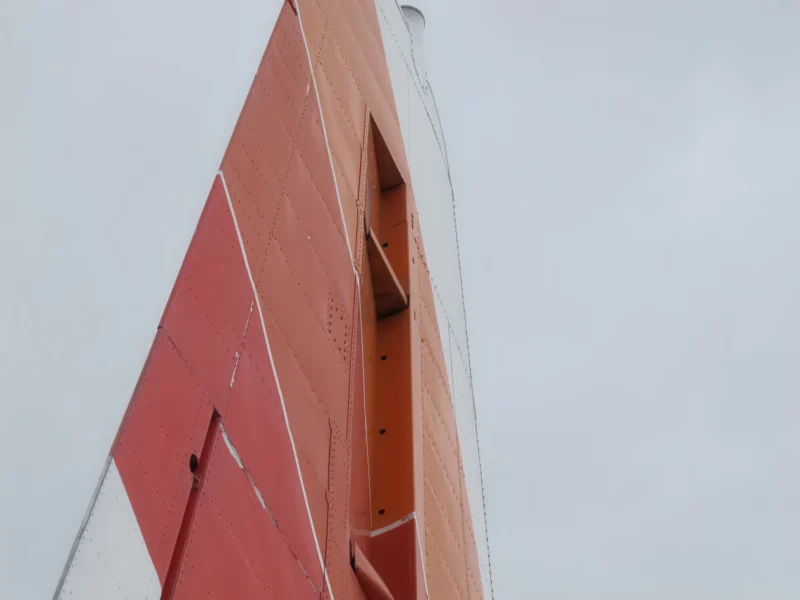
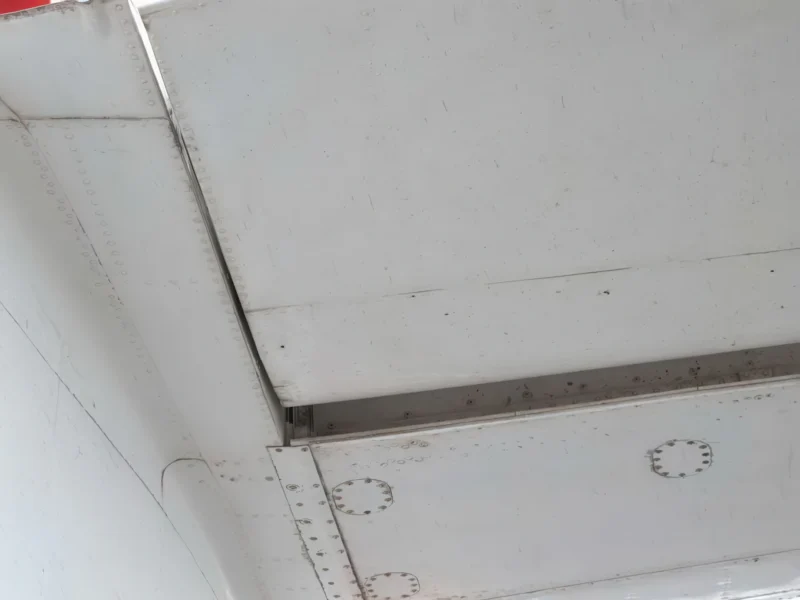
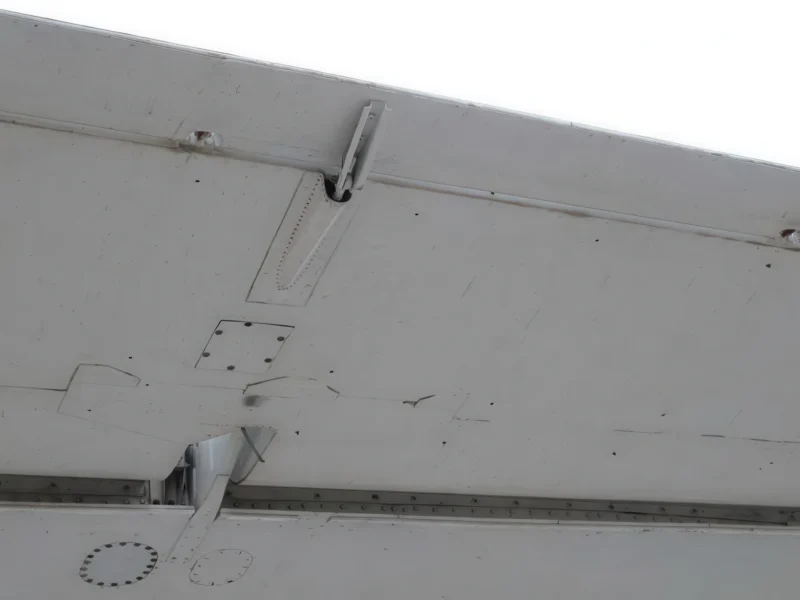
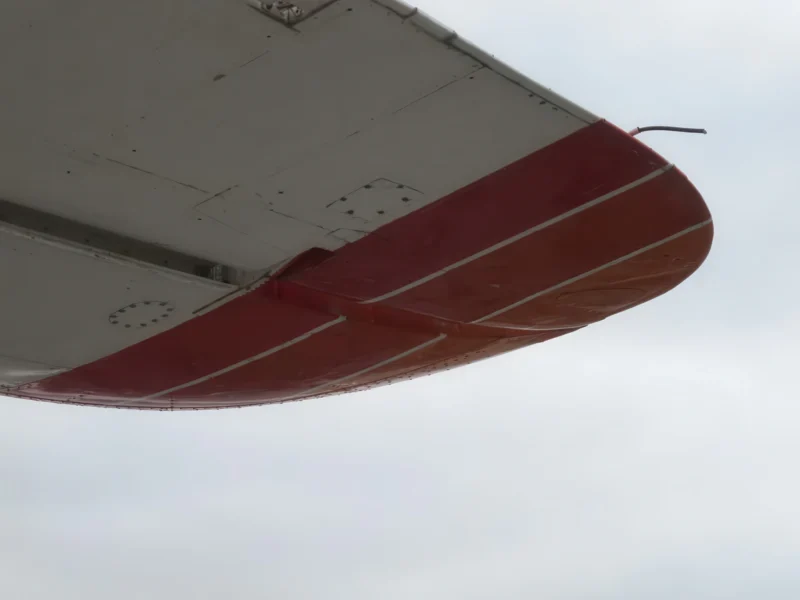


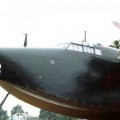
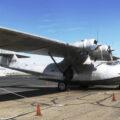
New set of 69 photos of a Consolidated PB4Y-2S Privateer